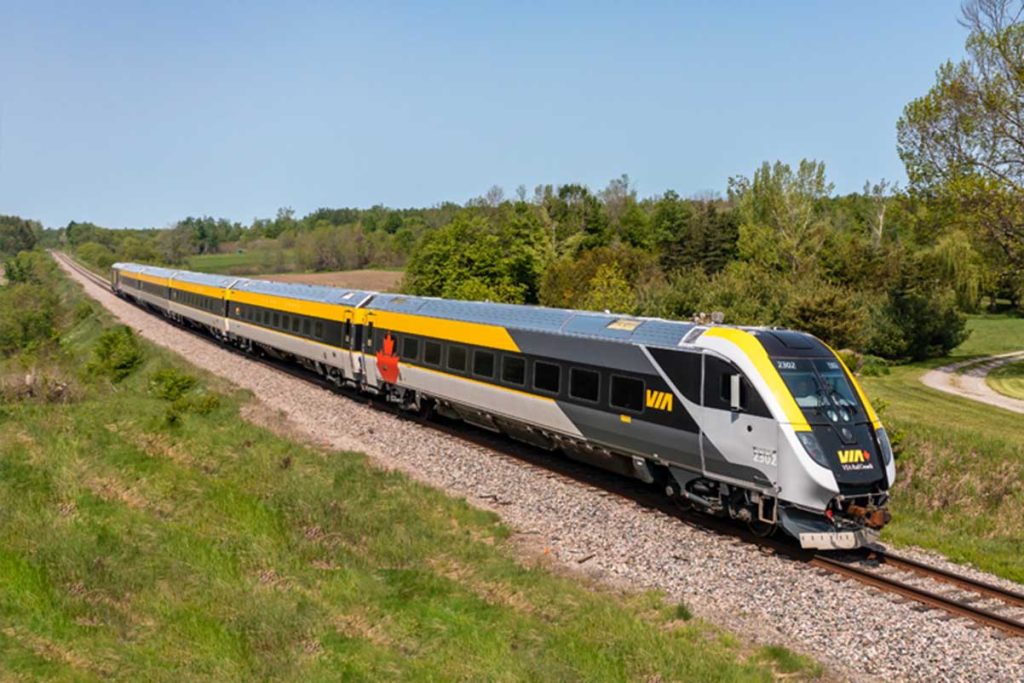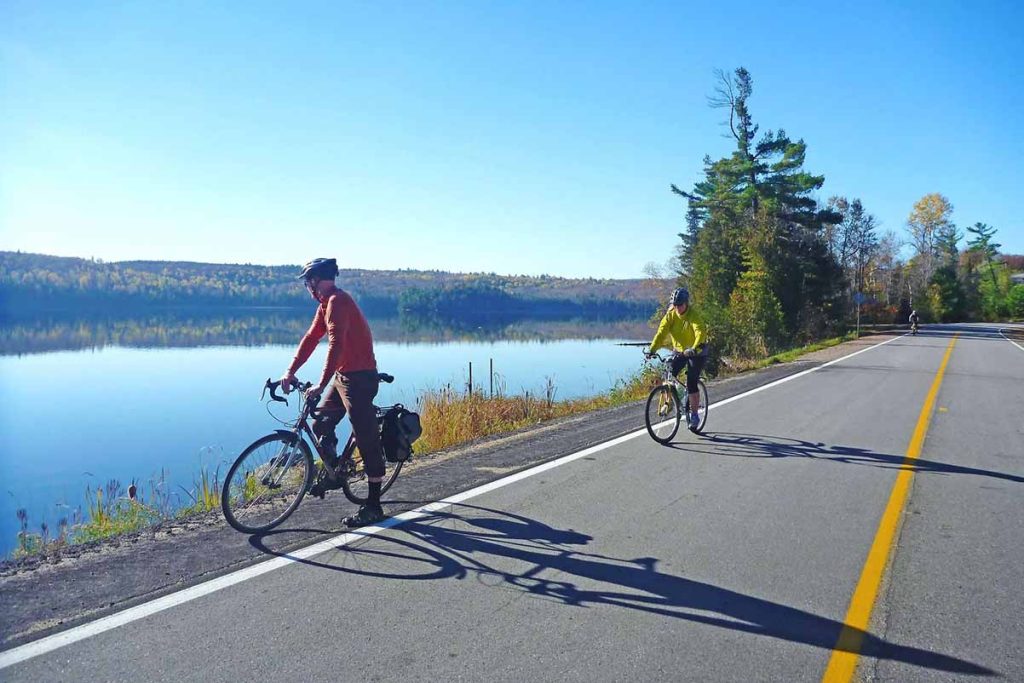Ottawa, the capital of Canada, is a vibrant city brimming with culture, history, and natural beauty. Whether you’re planning to visit the Parliament Hill, skate along the Rideau Canal, or explore the many museums, getting to Ottawa and moving around the city is part of the adventure. Here’s a detailed guide on how to easily reach Ottawa and navigate around the city once you’re there, based on my own experience.
Getting to Ottawa: Arriving by Plane, Train, Bus, or Car
Ottawa is well connected to other major cities in Canada and beyond, making it relatively easy to travel to. Depending on where you’re coming from, there are multiple ways to get into the city.
1. Flying into Ottawa
The most common way to arrive in Ottawa is by air. The main airport serving the city is Ottawa Macdonald-Cartier International Airport (YOW). It’s located about 10 km south of downtown Ottawa, so getting from the airport to your accommodation is fairly simple.
I flew into YOW and the process was smooth. The airport itself is quite modern and efficient. There are several ways to get to downtown Ottawa:
- Public Transit (OC Transpo): OC Transpo operates a bus service (Route 97) that connects the airport to the city center. It’s affordable, and the buses are relatively frequent.
- Airport Shuttle: Several private shuttle services also operate from the airport to various parts of the city. They’re a bit more expensive than the bus but are more direct.
- Taxi or Ride-Sharing: If you’re in a hurry or have a lot of luggage, taking a taxi or using a ride-sharing service like Uber or Lyft is an excellent option. A taxi ride to downtown Ottawa typically costs around $30–$40 CAD, depending on traffic.
- Car Rental: If you’re planning on exploring the surrounding areas or prefer to have your own transportation, renting a car from one of the many rental agencies at the airport is a convenient option.
2. Arriving by Train
If you’re traveling within Canada, you might also consider taking the train to Ottawa. VIA Rail offers regular services from Toronto, Montreal, and other major cities. The Ottawa Train Station is located just a few kilometers from downtown.
I’ve taken the train from Montreal to Ottawa a couple of times. The experience is comfortable and scenic. Once you arrive at the train station, there are a few transport options:
- Public Transit: OC Transpo buses are readily available, with direct routes to various parts of the city, including the downtown core.
- Taxi or Ride-Sharing: Just like the airport, taxis and ride-sharing services are available if you want a more direct route.
- Walking: If you’re traveling light and don’t mind a short walk, the downtown area is about 20 minutes away on foot.

3. Arriving by Bus
Another affordable way to get to Ottawa is by taking a long-distance bus. Greyhound, Megabus, and Orleans Express all operate services to Ottawa from different parts of Ontario and Quebec. The Ottawa Bus Terminal is located a bit further from downtown, but it’s still easily accessible by public transit.
The bus ride itself can be a bit long, but if you’re traveling on a budget, it’s an economical option. From the bus terminal, you can either:
- Take an OC Transpo bus (Route 95, 96, or 97) to downtown.
- Grab a taxi or ride-sharing service for a quicker journey into the city.
4. Driving to Ottawa
If you’re coming from nearby cities like Toronto or Montreal, driving is another great option. The roads leading to Ottawa are well-maintained, and the drive offers some beautiful views of the Ontario countryside. Ottawa is easily accessible via Highway 417 (also known as the Trans-Canada Highway) from both Montreal and Toronto.
Parking in downtown Ottawa can be a bit tricky, though. If you’re staying at a hotel, it’s worth checking if they offer parking as part of the service. Otherwise, there are several public parking lots around the downtown area. Be sure to check the signs for parking restrictions, as some areas require payment during certain hours.
Getting Around Ottawa: Public Transit, Walking, Cycling, and More
Once you’re in Ottawa, getting around is quite easy, thanks to the city’s well-developed public transit system, pedestrian-friendly streets, and cycling paths.
1. Public Transit (OC Transpo)
Ottawa’s public transit system, OC Transpo, includes buses, light rail, and even some specialized services. OC Transpo buses serve nearly every part of the city, including the suburbs and outlying areas, while the O-Train, a light rail system, provides fast access to key locations in central Ottawa.
I used OC Transpo during my trip and found the system to be very reliable and easy to navigate. The O-Train has two main lines: the Confederation Line (Line 1) and the Trillium Line (Line 2). The Confederation Line connects key areas like the airport, downtown, and the Rideau Centre, making it convenient for tourists.
- Bus Service: OC Transpo offers frequent bus routes throughout the city. They also have a helpful trip planner on their website and mobile app, which allows you to plan your routes in advance.
- Light Rail (O-Train): The O-Train is especially useful for getting from the airport to downtown or from downtown to the suburbs.
2. Walking Around Ottawa
Ottawa is a very walkable city, with wide sidewalks, pedestrian-friendly streets, and plenty of green spaces. The downtown area, in particular, is compact and easy to explore on foot. I loved strolling along the Rideau Canal, especially in the evening when the city lights reflected off the water.
In winter, the Rideau Canal turns into the world’s largest skating rink, and walking along the canal to watch the skaters is a popular activity. Additionally, you can easily walk to many of Ottawa’s major attractions, such as:
- Parliament Hill
- Byward Market
- National Gallery of Canada
If you’re looking to explore further afield, there are many beautiful parks and walking trails around the city, including Glebe and Rockcliffe Park.
3. Cycling in Ottawa
Ottawa is known for its bike-friendly atmosphere, with numerous bike paths and designated lanes. The city’s extensive Ottawa Cycling Network (OCN) includes over 150 kilometers of paved trails, making it a great way to explore.
I rented a bike during my visit and cycled along the Rideau Canal Pathway, which is particularly beautiful in the summer. The city also offers several Bixi bike-share stations, where you can rent a bike for a short ride around the downtown area.
There are also several popular cycling routes like the Ottawa River Pathway, which follows the river’s edge and offers scenic views of the Parliament Buildings and the Supreme Court.

4. Taxis and Ride-Sharing Services
Though Ottawa’s public transit system is excellent, there are times when you might need a quicker way to get around. This is where taxis and ride-sharing services like Uber and Lyft come in handy.
I used ride-sharing services a few times when I needed to get to destinations outside the public transit routes or when I was in a rush. Both Uber and Lyft are widely available in Ottawa and are relatively inexpensive compared to cities like Toronto or Vancouver.
5. Car Rentals and Parking
While driving in Ottawa is certainly possible, it’s generally not necessary unless you plan to explore outside the city. If you’re staying within the downtown area, walking, cycling, or using public transport will likely be more convenient.
However, if you’re planning on day trips to places like Gatineau Park or Ottawa Valley, renting a car can give you more flexibility. As mentioned earlier, Ottawa Macdonald-Cartier International Airport has plenty of car rental agencies, and you can also rent a car from downtown Ottawa.
If you choose to drive, be aware that parking in Ottawa can be challenging, especially during busy tourist seasons. Many hotels charge for parking, and there are also public parking lots and street parking, though the latter may be limited or require payment during certain hours.
Whether you’re arriving by plane, train, bus, or car, getting to Ottawa is easy, and once you’re there, moving around the city is a breeze. The city’s public transit system is reliable and efficient, and the bike-friendly streets and pedestrian paths make it easy to explore. If you prefer more flexibility, taxis and ride-sharing services are also readily available.
In my experience, Ottawa offers a variety of options to suit every traveler, whether you prefer the ease of public transport, the independence of a rental car, or the charm of exploring the city on foot or by bike. Whichever way you choose to travel, you’ll find that Ottawa is a city that’s well-connected and ready to welcome you.



